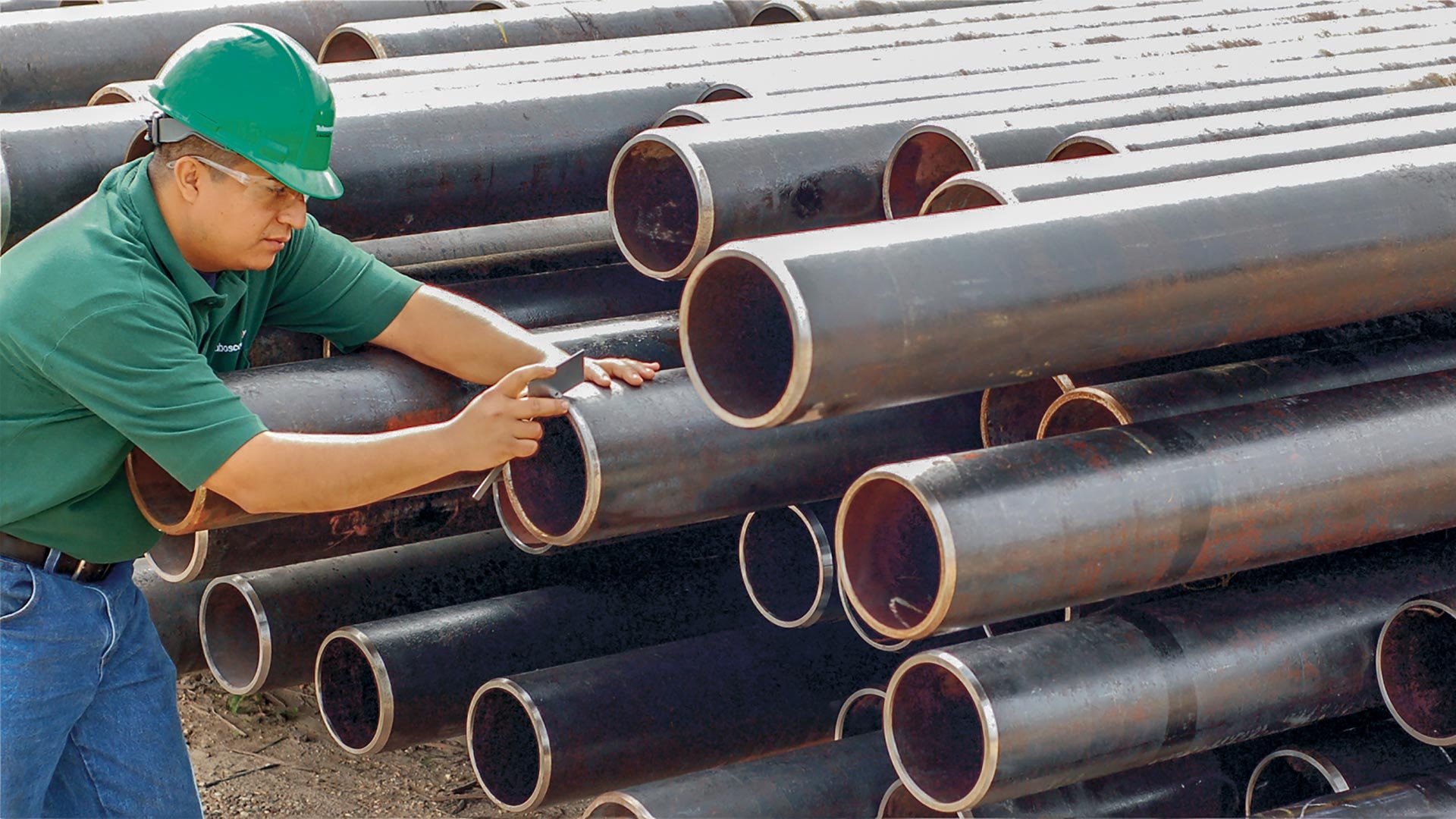Ensuring Integrity: The Crucial Role of Third-Party Pipe Inspections in Industrial Processes | InspectionService.com
In the intricate landscape of industrial processes, pipes stand as the unsung heroes, facilitating the seamless transportation of essential materials such as water, oil, gas, and chemicals. As the backbone of modern infrastructure, the quality and reliability of pipes are non-negotiable. In the realm of global trade, where pipes often traverse borders, the need for rigorous quality control measures becomes paramount. This is where third-party pipe inspections play a pivotal role, ensuring conformity to quality standards and adherence to contractual agreements. In this article, we delve into the main components checked during an unbiased pipe quality inspection.
Uncovering Main Quality Defects in Pipes
Quality defects in pipes can compromise the efficiency and safety of industrial processes. Some common defects encountered in inspections include:
- Weld Defects: Incomplete penetration, undercuts, or porosity, leading to joint weaknesses and potential failures.
- Incorrect Dimensions: Deviations in diameter, length, or alignment, disrupting fitting and overall functionality.
- Corrosion and Material Inconsistencies:** Poor material quality or incorrect heat treatment resulting in corrosion or structural weaknesses.
- Surface Cracks and Scratches:** Minor surface imperfections that, if overlooked, could impact performance.
Quality Checklist for Pipe Inspection
Third-party pipe inspections adhere to a comprehensive checklist covering critical criteria:
- Quantity Verification:
– Confirming the number of products ready for shipment, ensuring alignment with contractual agreements.
- Workmanship Assessment:
– Visual inspection of weld quality, including profiles, alignment, and absence of defects.
– Surface inspection for scratches, dents, pits, or imperfections affecting performance or aesthetics.
- Style, Color, and Documentation:
– Checking product consistency with purchase orders and specifications.
– Reviewing essential documentation like material certificates, welding procedures, test reports, and quality control records.
- Field Test and Measurement:
– Verification of pipe dimensions against specifications using precise tools such as calipers or rulers.
– Conducting performance tests, including Positive Material Identification (PMI), Ultrasonic Testing, and Eddy Current Testing.
- Shipping Mark and Packaging:
– Checking accuracy and legibility of shipping marks.
– Cross-referencing information with documentation and purchase orders.
– Ensuring the use of suitable protective materials in packaging to reduce potential transit damage.
Conclusion:
In the global landscape of industrial trade, third-party pipe inspections serve as a crucial safeguard against potential risks and challenges associated with overseas sourcing. The inspection process, encompassing quantity verification, workmanship assessment, style and documentation checks, field tests, and packaging scrutiny, ensures that pipes meet the highest quality standards. These inspections are not merely a formality; they are a proactive measure to guarantee the integrity and reliability of pipes in industrial applications. By entrusting third-party inspection services, stakeholders in the industry contribute to the assurance of quality and safety, fostering a robust and dependable industrial infrastructure.
Get Quotes and Ensure Quality
Across Your Supply Chain
Contact Info
Our location
Unit 2A, 17/F, Glenealy Tower No 1. Glenealy, Central Hong Kong


